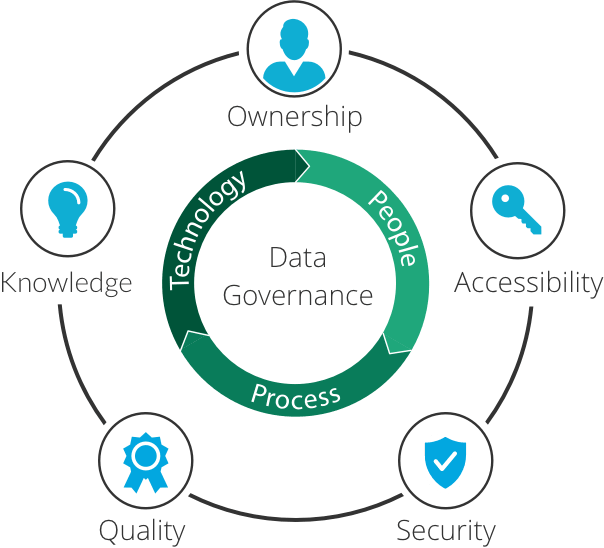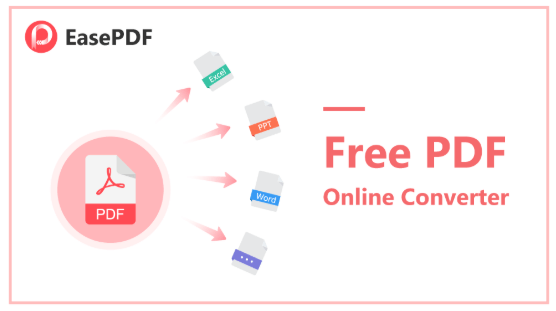As numerous businesses are starting to prepare their employees for the return to the offices the demand for hybrid work opportunities is growing. Many surveys on the work-from-home efficiency have shown that remote workers tend to be more productive than their office-based peers.
However, a more recent survey conducted by an Asian tech company that included over 10,000 employees within one year displayed contrasting results. This company uses employee monitoring software to keep an eye on employees’ workflows. And by analyzing the data collected about different apps and websites visited as well as the time when the mouse and keyboard were used actively, they’ve come to the conclusion that the remote workers were working harder, but their productivity dropped.
When translated into numbers, remote workers spent 30% more time at work than before the pandemic with even an 18% of overtime hours increase. However, this hard work didn’t translate into quality results. When their hourly output was compared with the pre pandemic results, the findings showed that despite all the extra effort, remote workers were 20% less productive than they were two years ago.
If you want to meet your employees’ needs and offer flexible work arrangements, but fear that your employees will be less productive, keep reading. Here you’ll find various factors that may affect employees’ productivity when working remotely and the steps you can take to prevent these issues.
Collaboration Hours Vs. Focused Hours
First, let’s tackle a major question and see what may cause work from home employees’ productivity to drop despite the prolonged working hours. By analyzing data, experts were able to make a difference in collaboration time mostly spent in meetings and focused time – a time spent in uninterrupted work on creative projects.
And the results showed that frequent, often unnecessary meetings are to blame for the shattered focus and decreased performance. Managers can pack employees’ schedules with endless meetings for various reasons. They may need to check on the remote employees frequently to make sure they’re really working on their tasks. Or they may host meetings to remind team members of their authority when they’re out of office. But the most common reason for hosting obsolete meetings is ineffective cross-team collaboration.
Luckily, there are several easy fixes you can reach for to streamline work processes, avoid unnecessary meetings and improve employees time management.
Rely on Advanced Technological Solutions
One of the preconditions for creating efficient digital workplaces is involving different digital tools to optimize your business processes and streamline communication between you and your team members. You can use different communication channels and devise clear communication policy to define which channels you intend to use for communicating significant updates or work-related messages and what platforms employees can use for informal chatting and socializing.
You can also rely on project management or employee tracking tools to keep track of various project progress, making sure that everyone is on track with current tasks and that there is no overlapping in assignments or responsibilities.
Avoid Micromanaging
If you ask your employees what bothers them the most in the workplace, they would probably say bosses hovering over their heads tracking their every move. Constantly checking in on your employees isn’t only frustrating and stressful but it can also shatter their focus, making it difficult for them to get back to their tasks and complete them.
This is why you need and invest in employee monitoring software that can track all your employees automatically without disrupting their workflow. This efficient solution can offer you an in depth insight into the way their productivity fluctuates, as well as what apps they tend to use during their work hours.
You can use this data to create detailed and objective feedback, offer additional training and support to those who need it and reward the overachievers.
The best and the most transparent way to use the monitoring solution is to allow your employees access to their dashboard. By comparing the parts of a day when their productivity peaks with their less productive hours, your employees can redistribute their workload and manage their time better to complete all their tasks successfully and improve their productivity.




